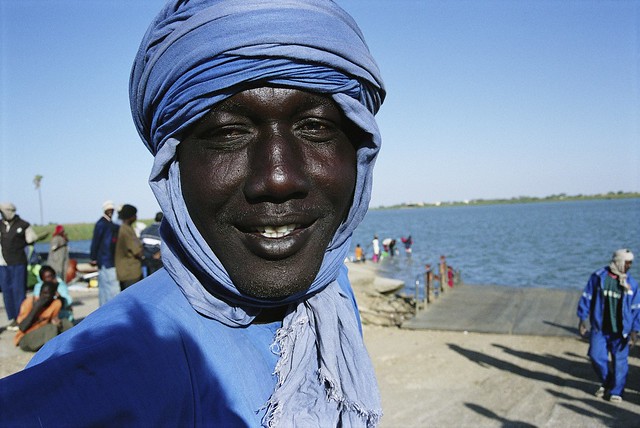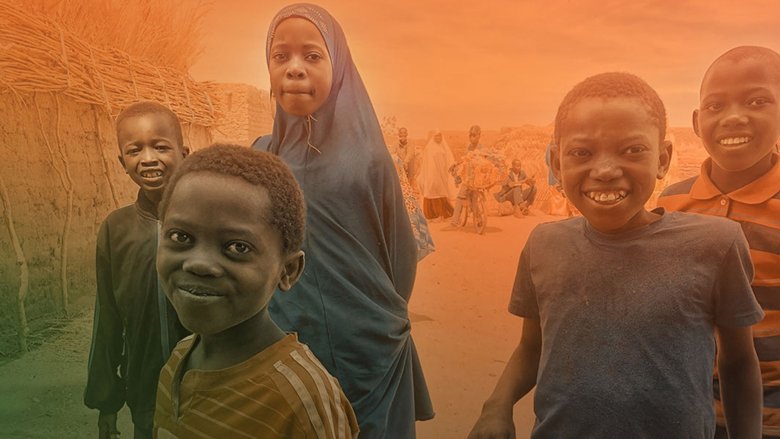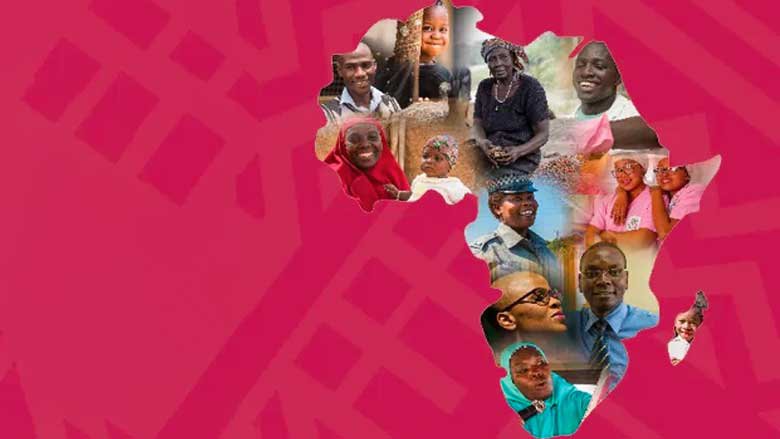Azali Assoumani was re-elected for a third term as President of the Comoros Union in January 2024 following the first round of presidential elections. On July 1, 2024, he appointed a new cabinet of 15 ministers, including two women, and a new ministry in charge of gender promotion. Parliamentary elections in January 2025 renewed the National Assembly for a five-year term, with President Azali Assoumani's party, the Convention for the Renewal of the Comoros (CRC), securing an absolute majority. On February 16, 2025, municipal elections were held and the CRC won the majority of the constituencies, including the capital, Moroni.
Economy
Comoros’ GDP growth is projected at 3.4% in 2025, up slightly from 3.3% in 2024, driven mainly by the services sector, supported by commerce and easing inflation. Industry is expected to grow by 3.3%, led by construction in transport, tourism, and health, while agriculture, which employs most of the poor, will grow modestly at 2.9%. On the demand side, private consumption remains the main growth driver, supported by lower inflation and remittances.
Inflation, averaging 4.4% until mid-2025, is expected to decline to 3.8% by year-end due to lower food and energy prices. However, external pressures persist: exports are declining while imports rose 13.5%, driven by import dependence and strong domestic demand.
The fiscal deficit is projected to widen slightly to 3.9% of GDP in 2025. Tax revenues dropped by 12% by mid-2025 due to weak customs arrears and private sector resistance. Grants are expected at 6.9% of GDP. Public debt is projected to increase from 33.7 to 36.5%. The government completed the fourth review of the IMF-supported program in June 2025, marking the second consecutive year of fiscal consolidation.
Medium-term growth will be supported by the 2027 Indian Ocean Games, investments under Plan Comores Emergent 2030, resilient private consumption, and an improving business climate, including better credit access and infrastructure. Poverty is expected to decline to 43.3% by 2027, with inflation converging toward 3%.
Last Updated: Oct 07, 2025







